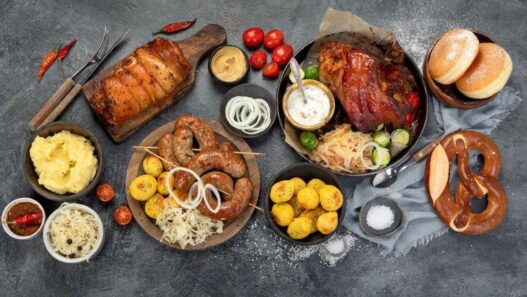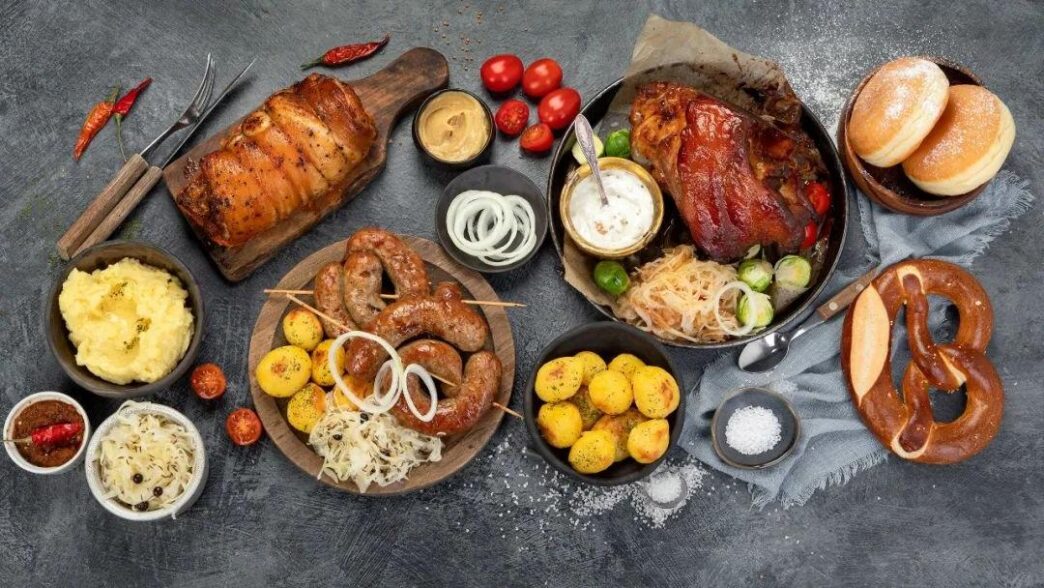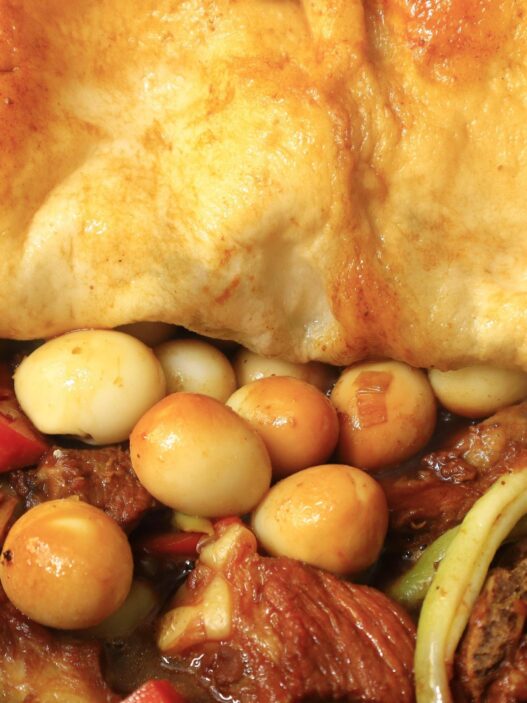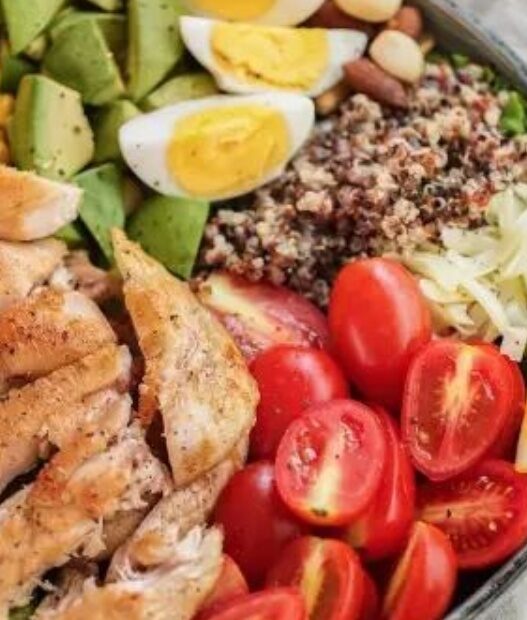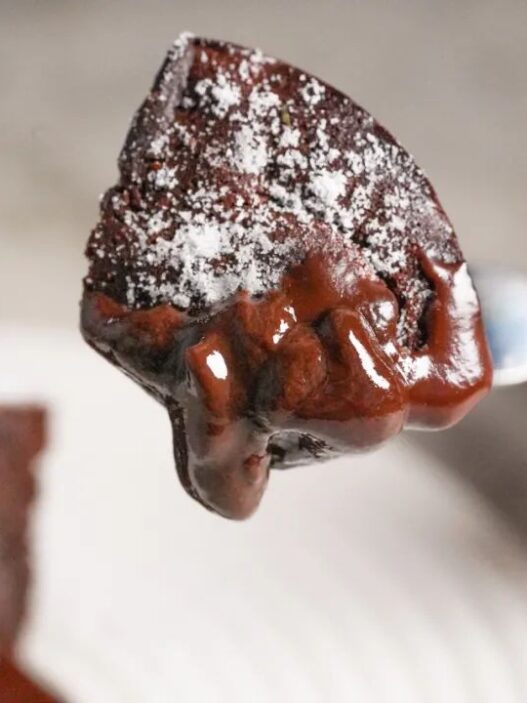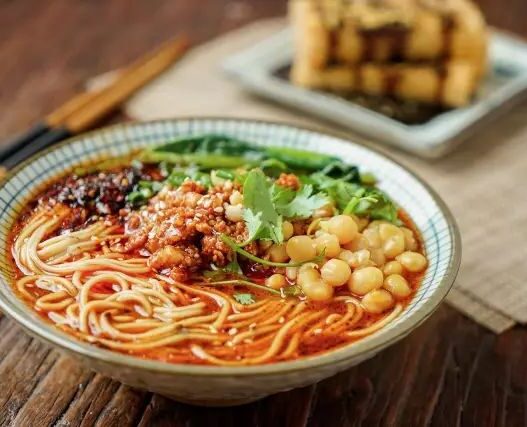When you think of German cuisine, images of sausages, pretzels, and beer might come to mind—delicious, right? But not all German dishes are as welcoming to outsiders! Some traditional meals can be a serious culture shock for unsuspecting tourists.
Recently, Travelbook, Germany’s largest online travel magazine, compiled a list of the top 10 most intimidating German cuisine offerings based on foreign visitors’ reactions. The rankings, which reveal fascinating insights about German food culture, were sourced from nearly 13,000 international reviews on Taste Atlas. By filtering out biased local opinions, the study provides authentic global perspectives on these traditional German dishes.
Important note: This isn’t about taste—it’s about cultural differences! These dishes are beloved in Germany but often leave foreigners hesitant, confused, or downright horrified.
As Travelbook puts it:
“This ranking is meant to spark curiosity, not criticism!”
So, which German specialties make travelers pause, cringe, or even run away? Let’s dive in!
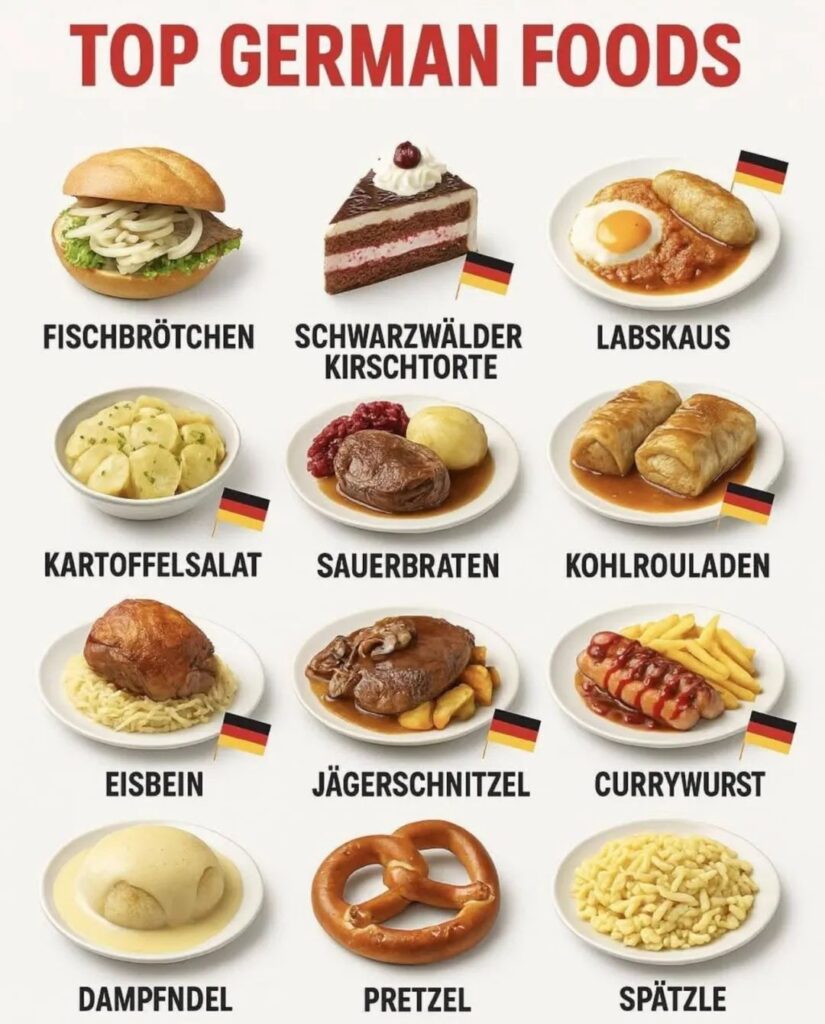
1. Mett (Raw Pork Spread)
Mett is a raw minced pork spread, usually served on bread with onions and spices. Germans love it as a breakfast staple, but for many foreigners, the sight of pink, uncooked meat is an instant deal-breaker.
Why it shocks foreigners:
- Fear of foodborne illnesses
- Unsettling texture and appearance
- Particularly jarring for Asian and American tourists
Foreigner’s reaction:
“Is this really edible? Or is it just raw meat from the butcher?”

2. Blutwurst (Blood Sausage)
Blutwurst is a dark, blood-based sausage made with pork blood, fat, and grains. It’s usually fried or boiled and has a soft, mushy texture.
Why it shocks foreigners:
- The idea of eating blood is taboo in many cultures
- Its black color looks unappetizing
Foreigner’s reaction:
“This looks like something from a horror movie—are we sure it’s food?”

3. Saumagen (Stuffed Pig’s Stomach)
A specialty from Rhineland-Palatinate, Saumagen is a pig’s stomach stuffed with sausage meat, potatoes, and spices, then sliced and served.
Why it shocks foreigners:
- The concept of eating a stomach is bizarre
- Strong organ meat smell and texture
Foreigner’s reaction:
“We’re eating a stomach? Isn’t that where food already got digested once?”
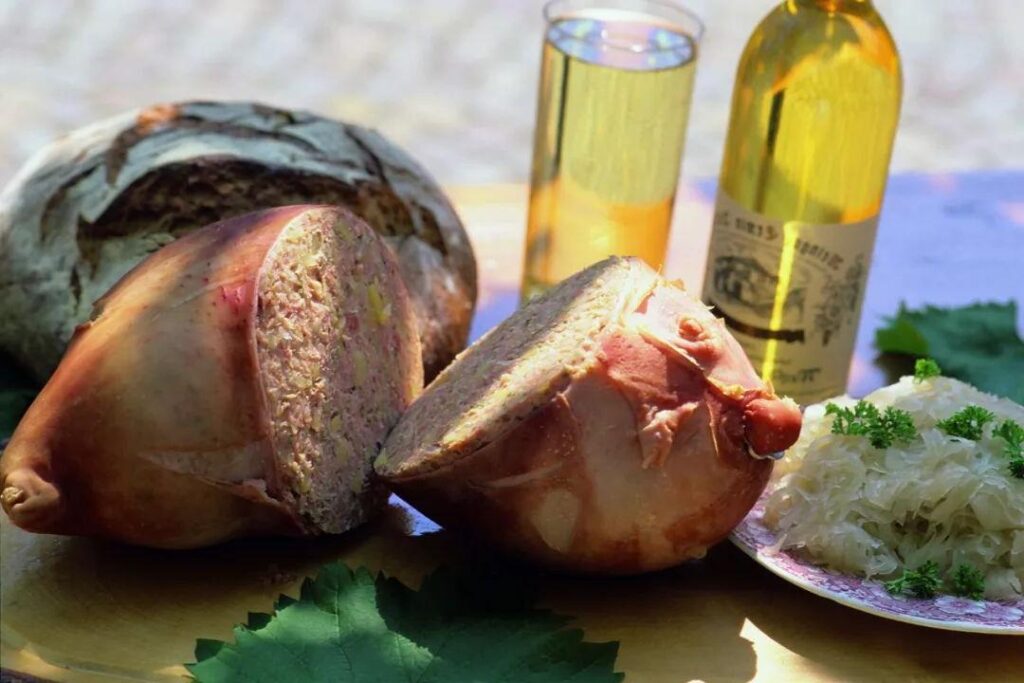
4. Leberkäse (Meat Loaf)
Despite its name (“liver cheese”), Leberkäse is actually a baked meatloaf made from pork and spices. It’s sliced and served in bread.
Why it shocks foreigners:
- Misleading name (no liver or cheese!)
- Overwhelming meaty, dense texture
Foreigner’s reaction:
“Where’s the bread? This is just a giant slab of meat!”

5. Sauerbraten (Sour Roast Beef)
Sauerbraten is beef marinated for days in vinegar and spices, then slow-cooked. It’s served with a sweet gravy and red cabbage.
Why it shocks foreigners:
- Extremely tangy, sour-sweet flavor
- The long fermentation seems strange
Foreigner’s reaction:
“This smells like spoiled meat—are we sure it’s safe to eat?”
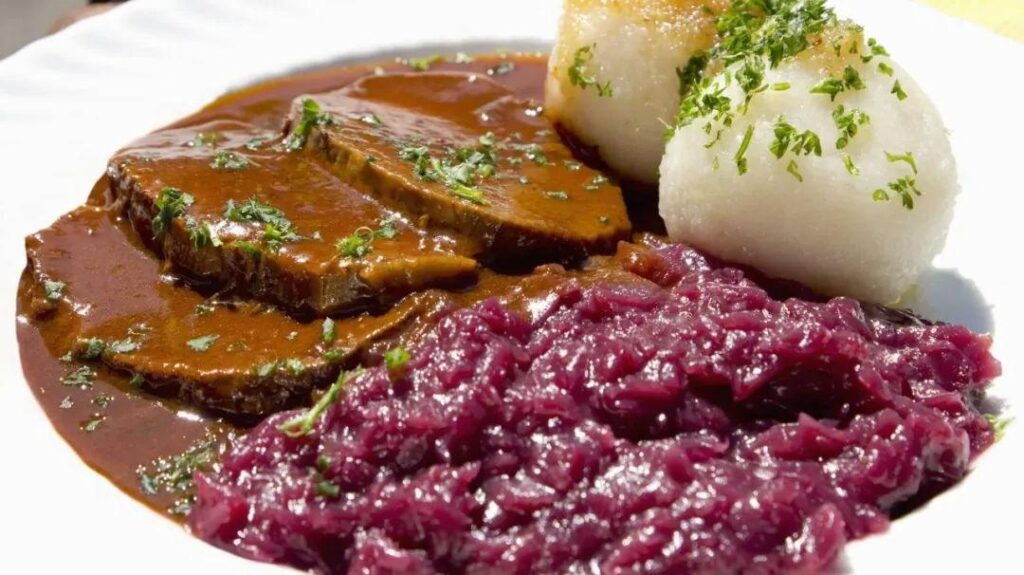
6. Zungenwurst (Tongue Sausage)
Made from pig’s tongue and blood, Zungenwurst is a soft, rich sausage often eaten cold.
Why it shocks foreigners:
- Eating tongue feels unsettling
- The blood content adds to the fear factor
Foreigner’s reaction:
“Will this sausage talk back to me in my stomach?”

7. Labskaus (Mashed Meat Stew)
A Northern German dish, Labskaus is a mash of salted beef, potatoes, beets, and pickled herring, topped with a fried egg.
Why it shocks foreigners:
- Mushy, pink-purple appearance
- Overpowering salty, pickled flavors
Foreigner’s reaction:
“Is this food or a failed science experiment?”

8. Königsberger Klopse (Creamy Meatballs)
These meatballs are served in a sour cream and caper sauce, creating a tangy, salty flavor.
Why it shocks foreigners:
- Weird sweet-sour-salty combo
- Unusual soft texture
Foreigner’s reaction:
“My taste buds are so confused right now!”
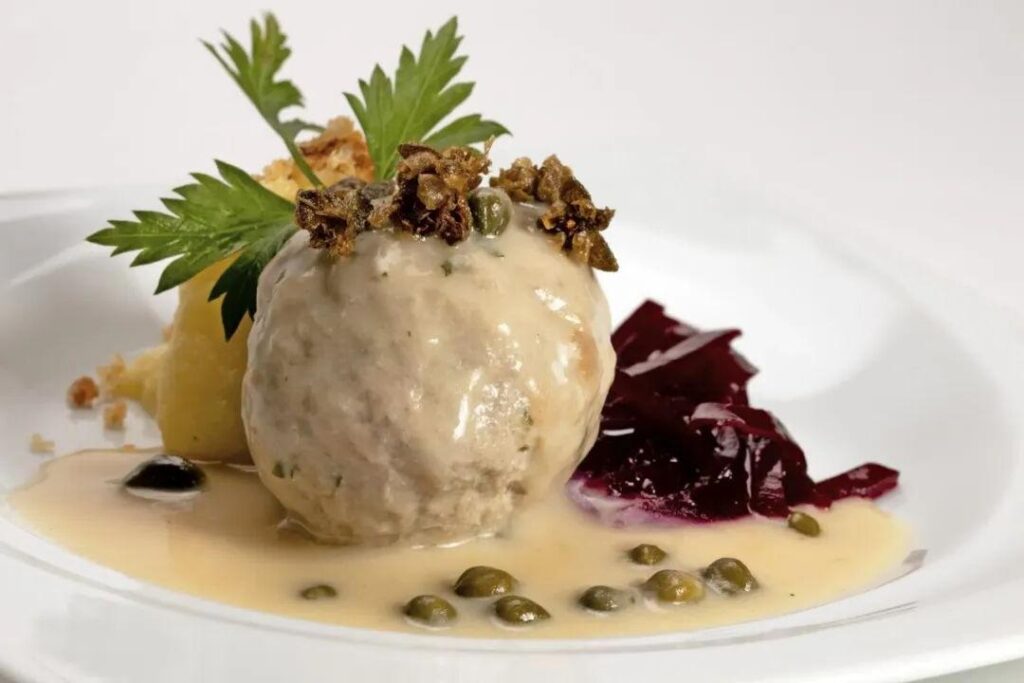
9. Pfefferpotthast (Peppered Stew)
A Westphalian stew with beef, onions, and strong spices like juniper and cloves.
Why it shocks foreigners:
- Overly spiced, medicinal taste
- Thick, greasy texture
Foreigner’s reaction:
“This tastes like Christmas potpourri… but with meat?”
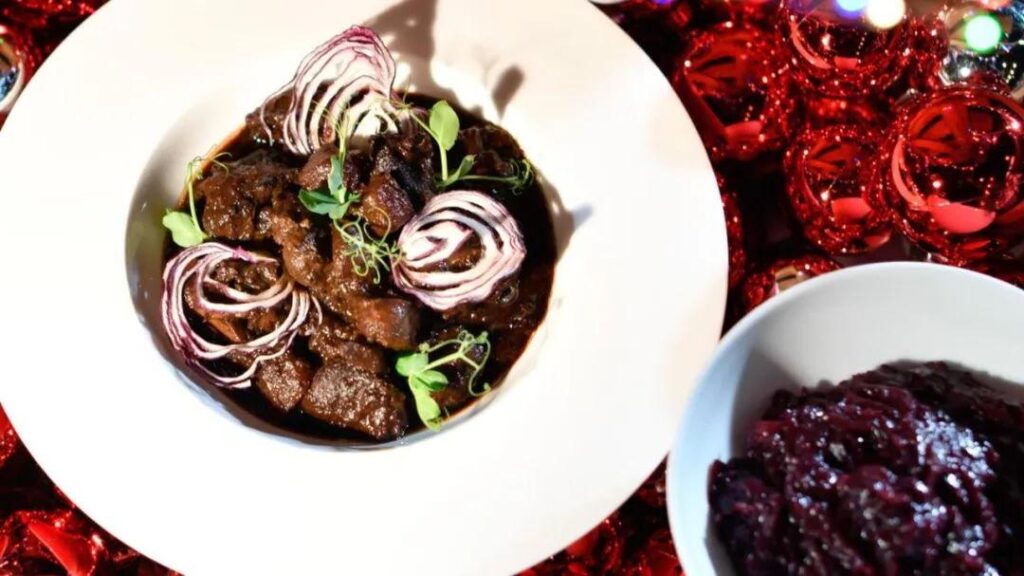
10. Bread Soup (Brot Suppe)
A Franconian dish made from stale bread, lard, and broth, seasoned with marjoram and nutmeg.
Why it shocks foreigners:
- Mushy, soggy texture
- Bland, old-fashioned taste
Foreigner’s reaction:
“This looks like someone soaked leftovers in dishwater!”

Final Thoughts
German cuisine is rich, hearty, and deeply traditional—but not always foreigner-friendly! Would you dare to try these dishes? Let us know in the comments!
Want more food adventures? Check out our guide to weird foods around the world!






